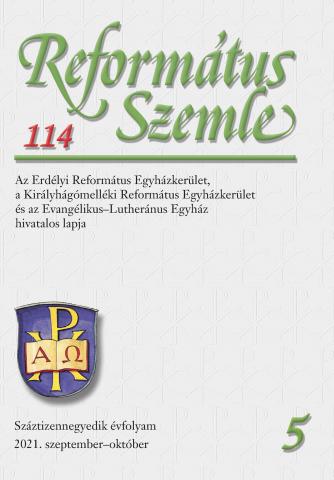Közigazgatás a 16. századi református egyházban
The Organisation of the Reformed Church of Transylvania in the 16th Century. (I.)
Author(s): Dezső BuzogánySubject(s): Christian Theology and Religion, History of Church(es), Management and complex organizations, 16th Century, History of Religion
Published by: Erdélyi Református Egyházkerület
Keywords: Reformed Church in Transylvania; Presbyterium; church structure; church governement; civil democracy; feudalistic system; deanery; synod;
Summary/Abstract: The structure of the Transylvanian Reformed Church in the 16-17th centuries showed many similarities to the West-European Reformed church models. Except for the institution of elders (Presbiterium), all other church institutions were established as early as the middle of the 16th century. The main cause of the lack of the institution of elders was the dissimilarity in the structure of the society. While the society in the West was founded on civil democracy, the social system of Transylvania was rather feudalistic, consequently the lower part of the society had little influence on governing, both on a local and on a regional level. This is why the Presbiterium, as one of the democratic institutions of the church in the West, failed to be implemented within the structure of the church government in Transylvania. Thus the lowest level of church government was the synod of the classis or deanery (synodus particularis), lead by the dean (in the west: the inspector). As the entire church structure reflected somehow the structure of the secular society, the church as an organization could have been incorporated into the feudal secular society.
Journal: Református Szemle
- Issue Year: 114/2021
- Issue No: 5
- Page Range: 517-529
- Page Count: 13
- Language: Hungarian

